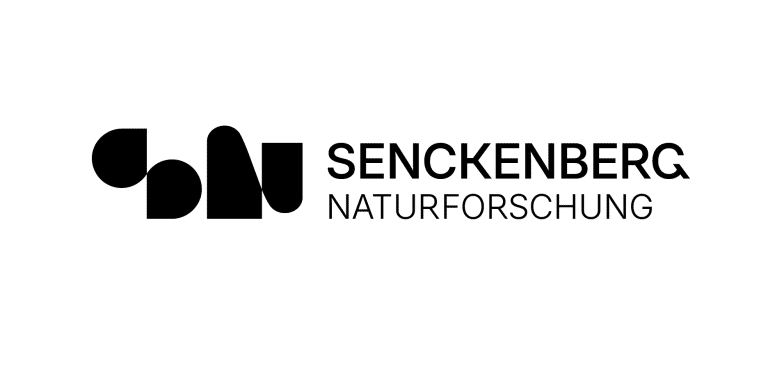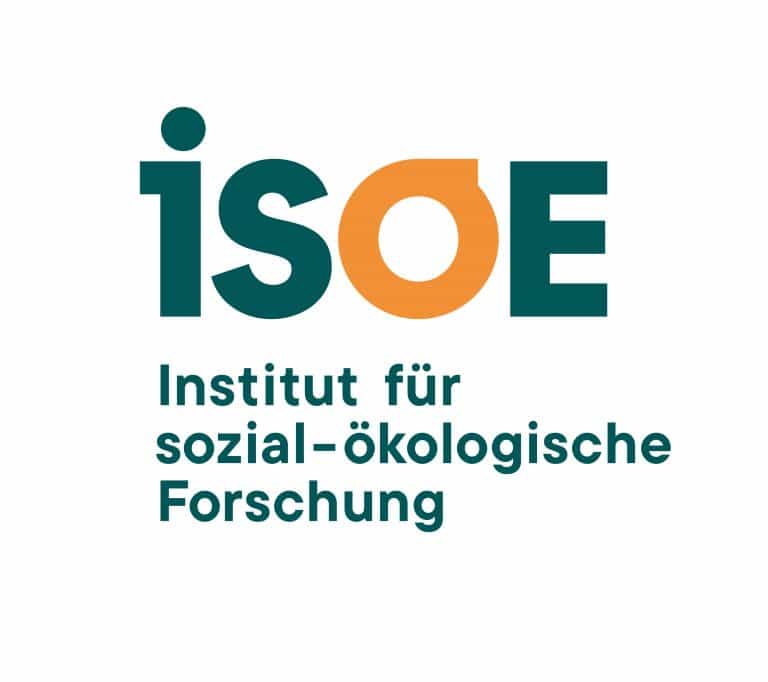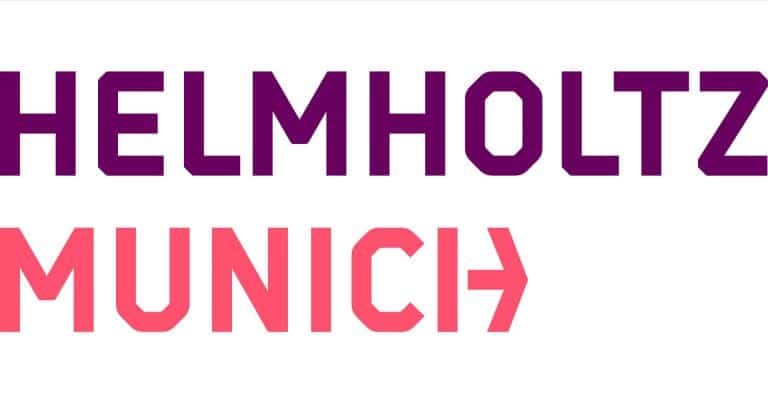Glossary
In our glossary we provide detailed definitions of the most important technical terms.
Age class forest
Forest stands consisting of trees of the same or nearly the same age (age range within a stand less than 20 years) and which are maintained, thinned, used and rejuvenated on a plot-by-plot basis. Harvesting can be done by clear-cutting, hem-cutting or various umbrella cutting methods, regeneration by planting or natural regeneration (modified after Burschel and Huss, 1987, Grundriß des Waldbaus, Pareys Studientexte; Dunster and Dunster, 1996, Dictionary of Natural Resoucre Management, CAB International).
Anmoorgleye
Soils of the gleye class are exposed to groundwater fluctuations. Therefore, they have a horizon of rusty-brown patches under the topsoil. Iron and manganese compounds are oxidised here. If the topsoil shows the first signs of bog formation, they are anmoorgleye and moorgleye (Source).
Biodiversity
Diversity of all living organisms, habitats and ecosystems on land, in freshwater, in the oceans and in the air. It includes the diversity of species, organisms and taxa (species diversity or organismal and taxonomic diversity), the diversity of genetic information in an ecosystem or within a species (genetic diversity), the diversity of biotopes and ecosystems (ecological diversity) and of ecosystem functions (functional diversity) and the diversity of animal behaviour (cultural diversity) (modified after: Source).
Ecosystem
Structure of relationships between living organisms that interact with each other (biocenosis) and with their environment or habitat (biotope, here mainly forest, open land). It includes the surface and underground biosphere, the atmosphere, pedosphere and hydrosphere as well as biotic and abiotic interactions.
Ecosystem functions
All physical, chemical and biological processes and interactions that take place between the compartments of an ecosystem, see also ecosystem processes and ecosystem services (modified after: Source).
Ecosystem processes
All processes that take place within and between ecosystems. Together with ecosystem properties (e.g. size, climate, location, species composition), they form the basis for ecosystem functions and ecosystem services. The terms ecosystem processes and ecosystem functions are often used synonymously.
Ecosystem services
Refers to all goods and services of an ecosystem that provide direct or indirect economic, material, health or psychological benefits to people and thus contribute directly or indirectly to human well-being. Ecosystem services thus reflect an explicitly human-centred (anthropocentric) view of ecosystems and are linked to a benefit of the ecosystem for humans (Source).
Experimental plots (EP)
Based on the grid plots, a total of 300 study plots (100 plots per region, of which 50 plots in forest are 100 × 100 m each and 50 plots in grassland are 50 × 50 m each) were selected for further research for detailed biodiversity analysis, environmental monitoring and manipulative experiments. The plots were selected randomly and include all land use and management types of the respective exploratories with the smallest possible differences in soil type and other confounding variables (Source).
Exploratory
Three large-scale research landscapes, so-called exploratories, were selected for the research platform: the Swabian Alb, the Hainich-Dün region and the Schorfheide-Chorin biosphere reserve. All three exploratories are located in large protected areas and are characterised by agricultural and forestry use of varying intensity. They differ in their landscape structure and climatic conditions (Source).
Plenter forest
A continuously rejuvenating permanent forest in which trees of all dimensions are intermingled over very small areas. Individual trees are felled in plenter operation, thus creating a permanent high forest (Source).









